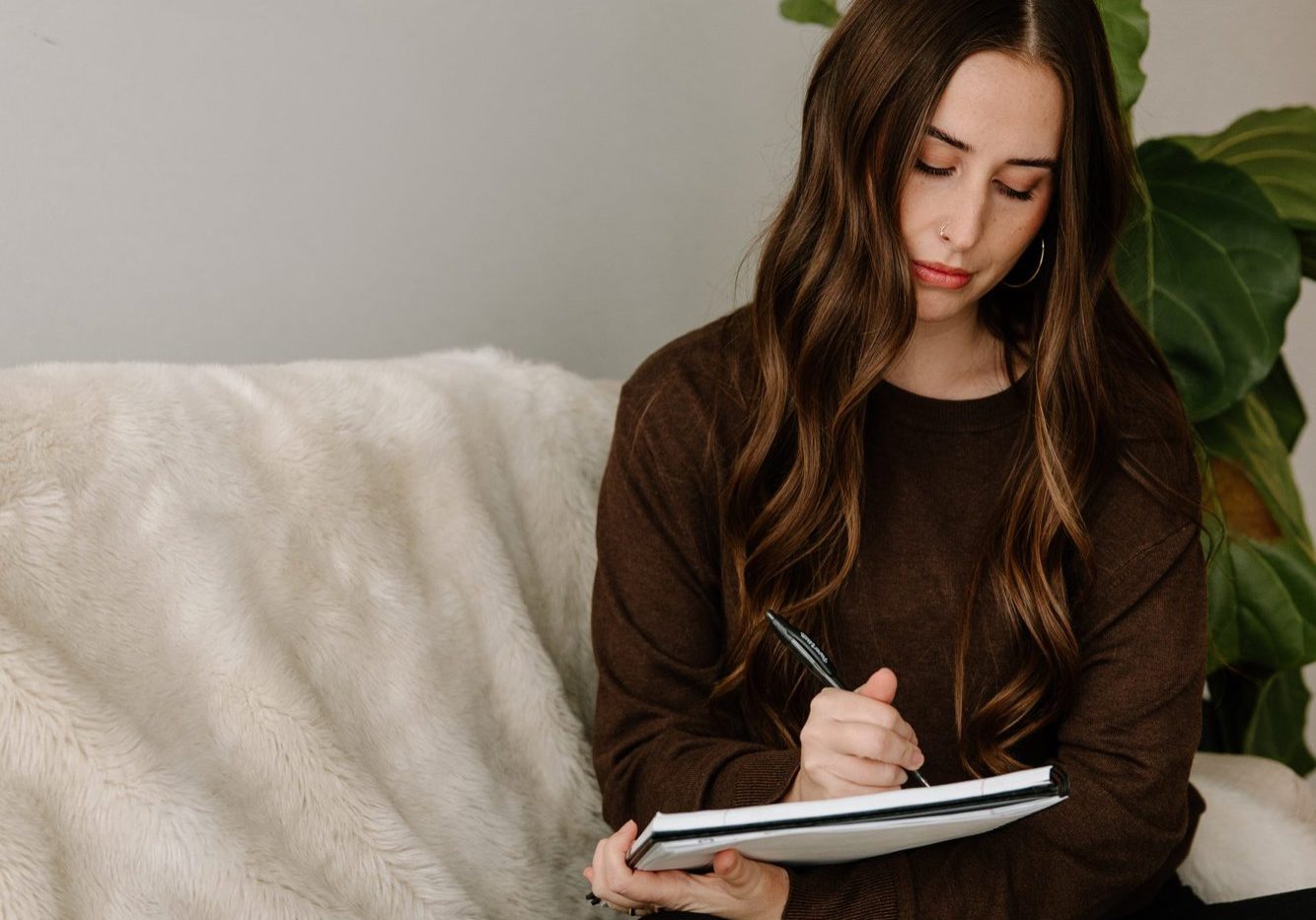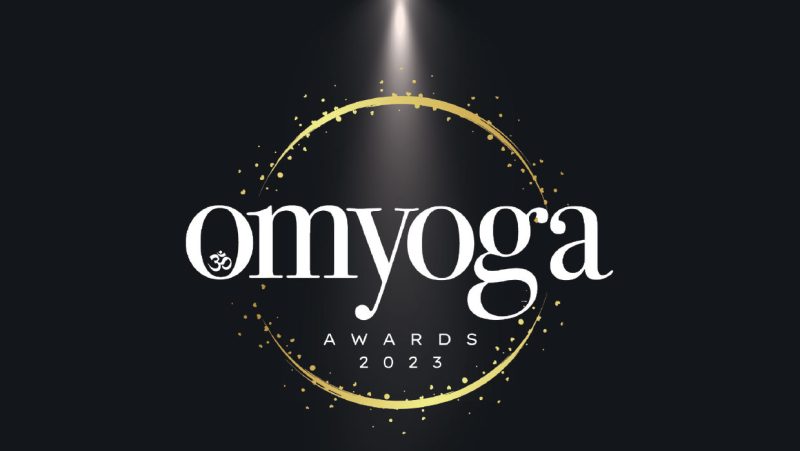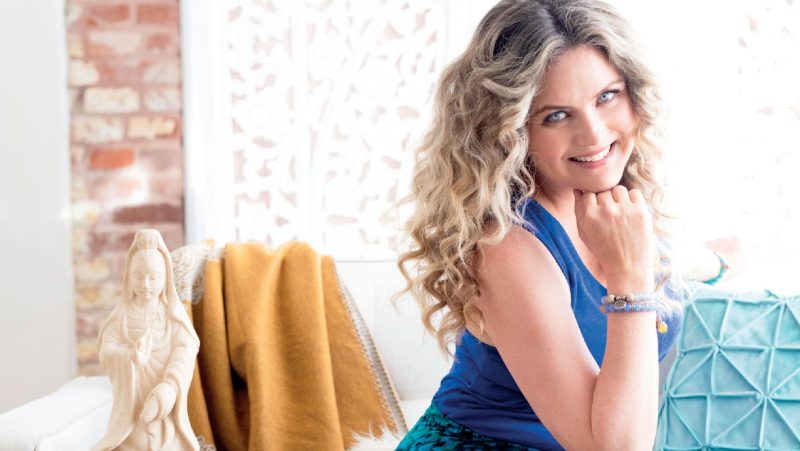
Class Planning Secrets
As a yoga teacher for the past 13 years, I’ve planned and taught thousands of yoga classes, and one thing I know to be true is that most of us care deeply about wanting our students to have a positive experience in class.
Reading time: 3 minutes
It’s all too easy to get caught up in creating the perfect sequence, theme, and playlist to go with it. A genuine desire to serve our students can sometimes give rise to perfectionism, overthinking, and self-doubt during the class-planning process.
Funnily enough, in my early days as a yoga teacher, I wasn’t much of a planner! I didn’t typically show up with anything prepared and would instead create a sequence on the fly, based on the energy in the room. This was a great exercise in learning to trust my intuition and ability to adapt to the needs of the students in front of me. However, my classes were not always reaching their potential in terms of structure and direction.
As I matured into my role as a yoga teacher, I was inspired by various continuing education courses that emphasised the importance of class planning. I was introduced to more sequencing methods and began to experiment with planning classes ahead of time. When I started teaching yoga full-time, I was teaching many classes per week in various locations and realised that I needed to refine my process. I couldn’t spend hours planning classes every week but also wanted to deliver classes that were creative and thoughtful.
You’re probably wondering if it is really possible to teach quality classes, without spending ages crafting every sequence? The answer is yes! Here are my top class-planning secrets as an experienced yoga teacher:
Refine your sequences so that you can reuse them
Every time you teach a yoga class, I recommend taking some time afterwards to reflect on how it went. Essentially, you need to give yourself feedback. Ask yourself questions like:
- What parts of the class went really well?
- Were there any moments where it felt like the class didn’t flow, or where students appeared confused?
- Were there any specific postures, transitions, or practices that you struggled to find the words for?
Once you’ve asked yourself these questions, make the necessary changes to your sequence and then teach it again! You may need to repeat this process multiple times with the same sequence. Ideally, you’ll end up with a sequence that you know really well – something that makes sense for you as the teacher, as well as for your students.
Now, repeat this entire process until you have a small collection of “tried and tested” sequences that you feel really confident with. I recommend taking your best sequences, typing them up, and having them printed as a small booklet that you can take with you and reuse.
Have you ever spent hours planning a single yoga class? If you have, you’re not alone!
This is one of the best things I ever did for myself as a yoga teacher. The result was that most of the hard work was already done, and it was easy to make small changes to my sequences or change up the class theme.
If you find yourself being called in to sub classes with minimal notice, this ensures that you always show up prepared and organised with a class plan that you feel confident about.
Get organised
Whenever I’m creating new sequences, I always add a few notes at the top of the page indicating how long the sequence is, what type of class it is, and what the peak pose is (if applicable).
This makes it easy to look through my sequences and find something specific. It also helps me keep track of what I’ve been teaching. Make sure your class plans are stored somewhere you can find them easily – in a notebook or as a file on your computer.
I’m a huge advocate for repetition, and at the same time, I want to ensure my students have a well-rounded experience. I try to rotate through different asana categories each month – twists, backbends, standing leg balances, etc. By organising my sequences, I can be sure I haven’t taught hanumanasana as a peak pose for four weeks in a row!
Don’t rush the process
This part is two-fold. First, when it comes to refining your sequences and creating a collection that you can reuse, know that this takes time. Let this be part of your learning process as a teacher, and know that you’re growing and improving by looking closely and what you’re teaching and how it lands.
Secondly, try to plan your classes at least a full day in advance, if possible. This gives you time to sit with what you’re going to teach. In the spirit of asteya (non-stealing), honour your own time by planning ahead and reusing your best sequences, and honour your students’ time by showing up calm, confident, and prepared to empower everyone in the room.
Behind the scenes, we spend a lot of time and energy as yoga teachers preparing for classes. By streamlining your class-planning process, staying organised, and thinking ahead so that you’re prepared when last-minute teaching opportunities arise, you can save time while ensuring that you’re still delivering meaningful classes to your community.





